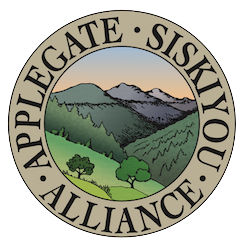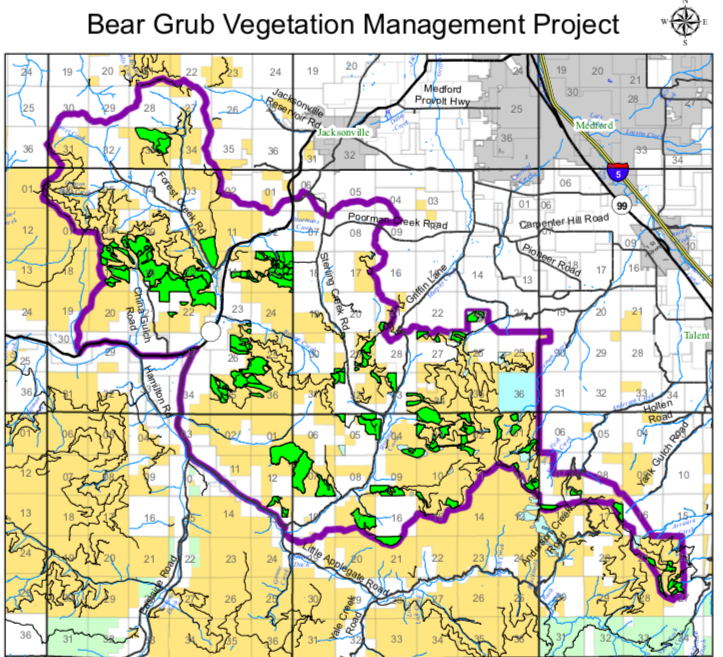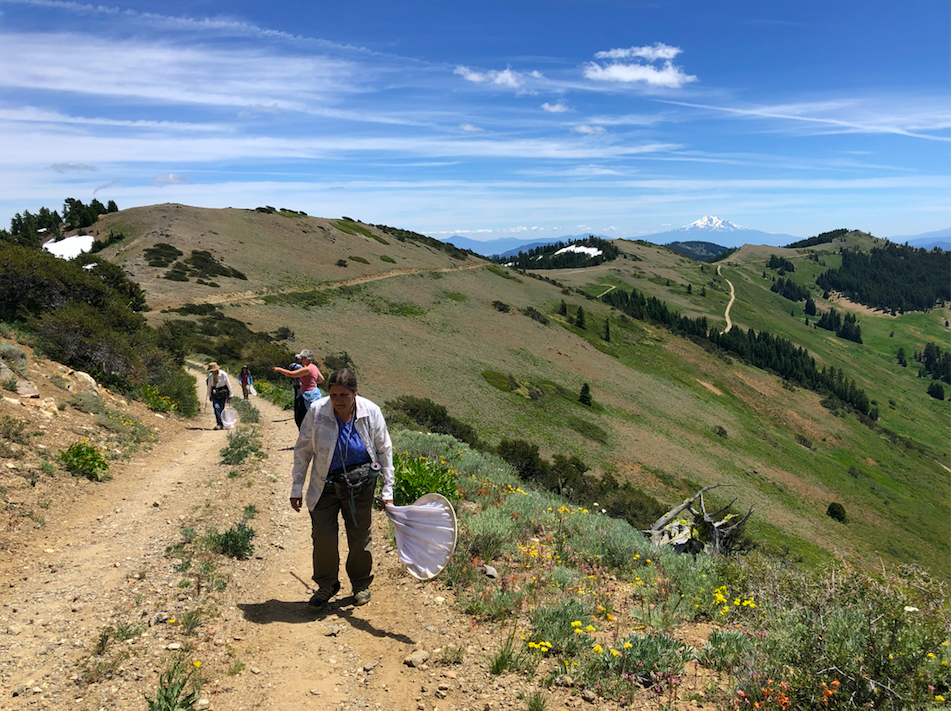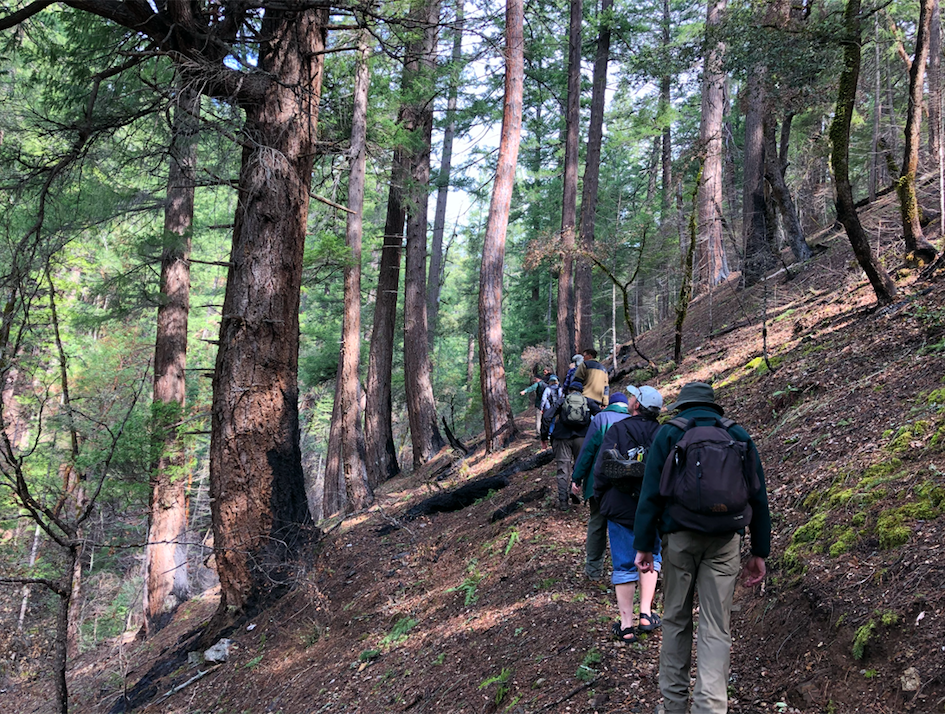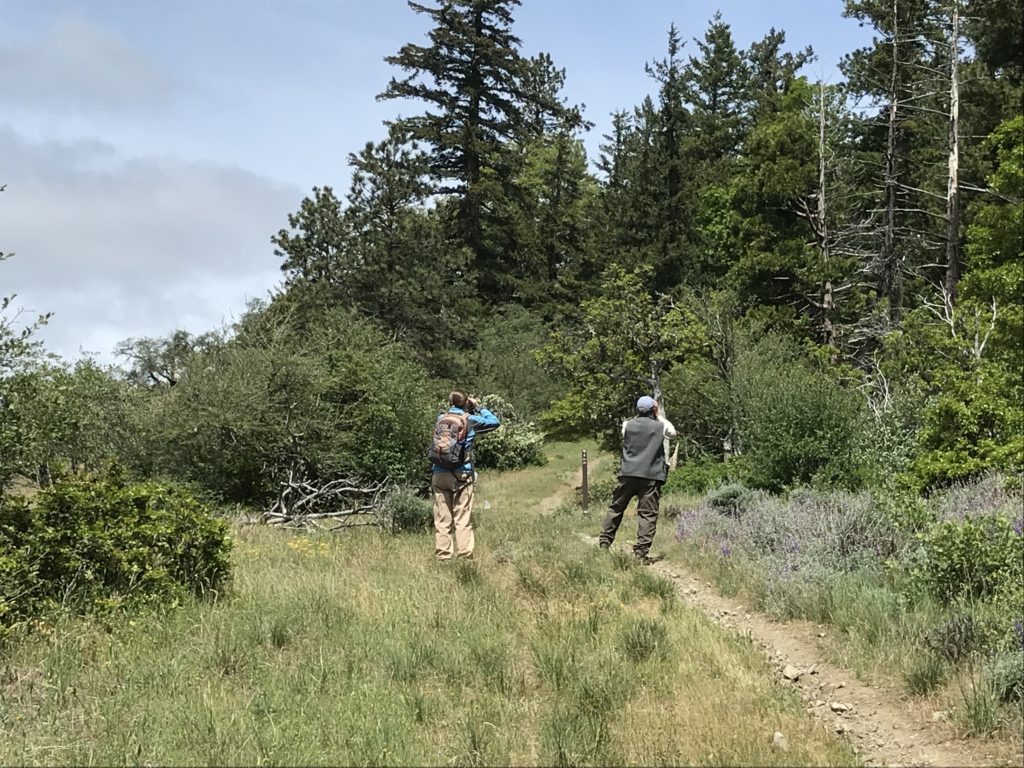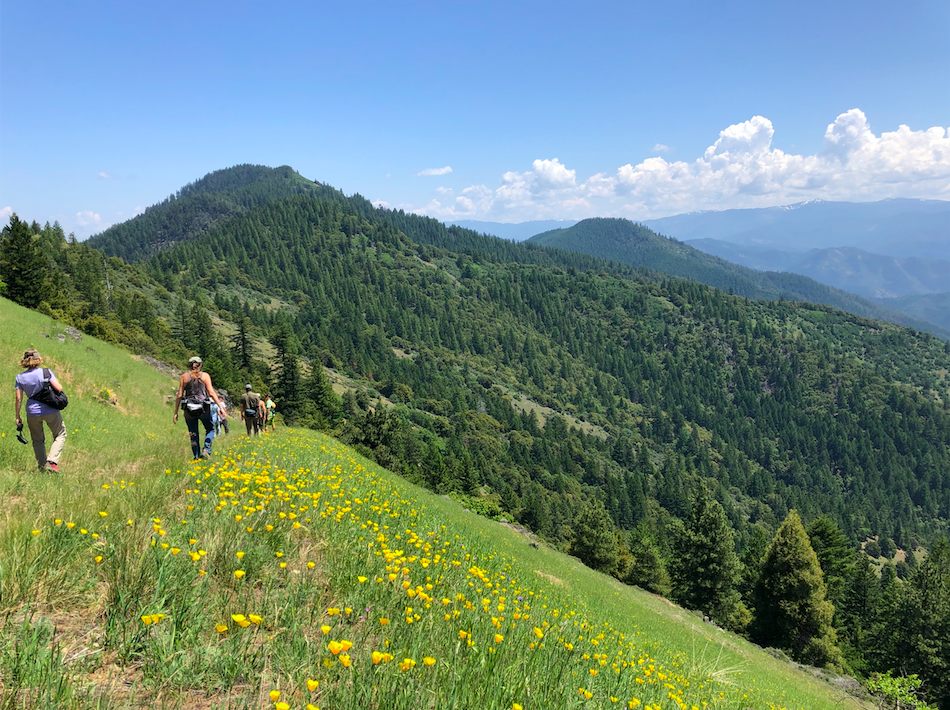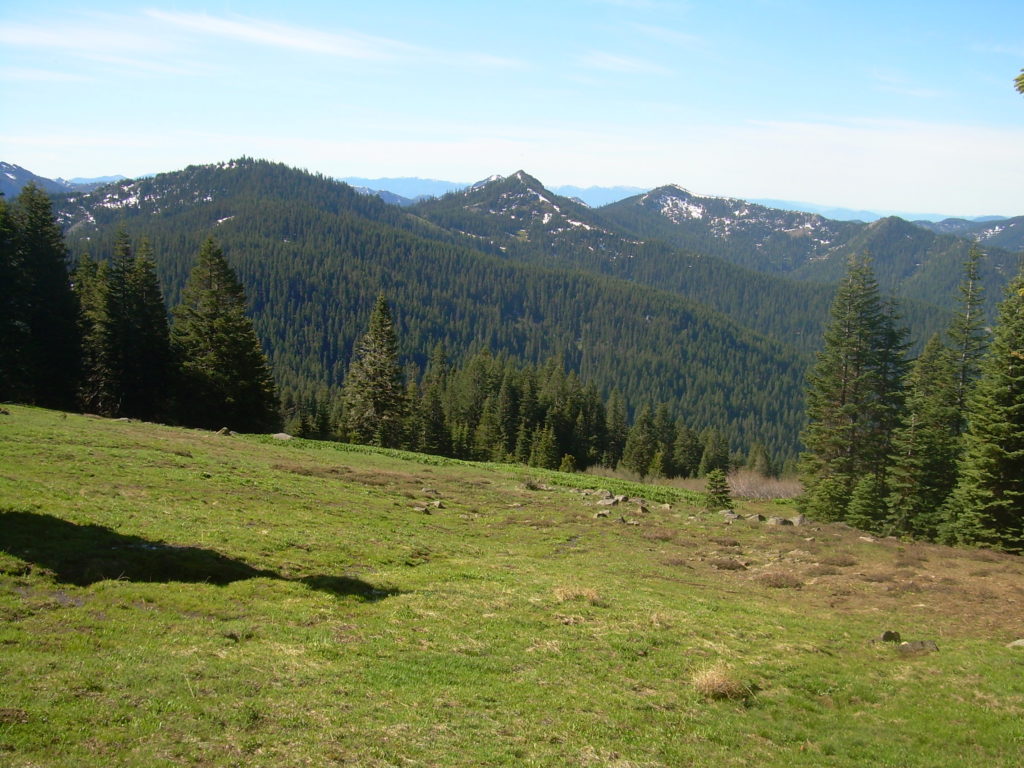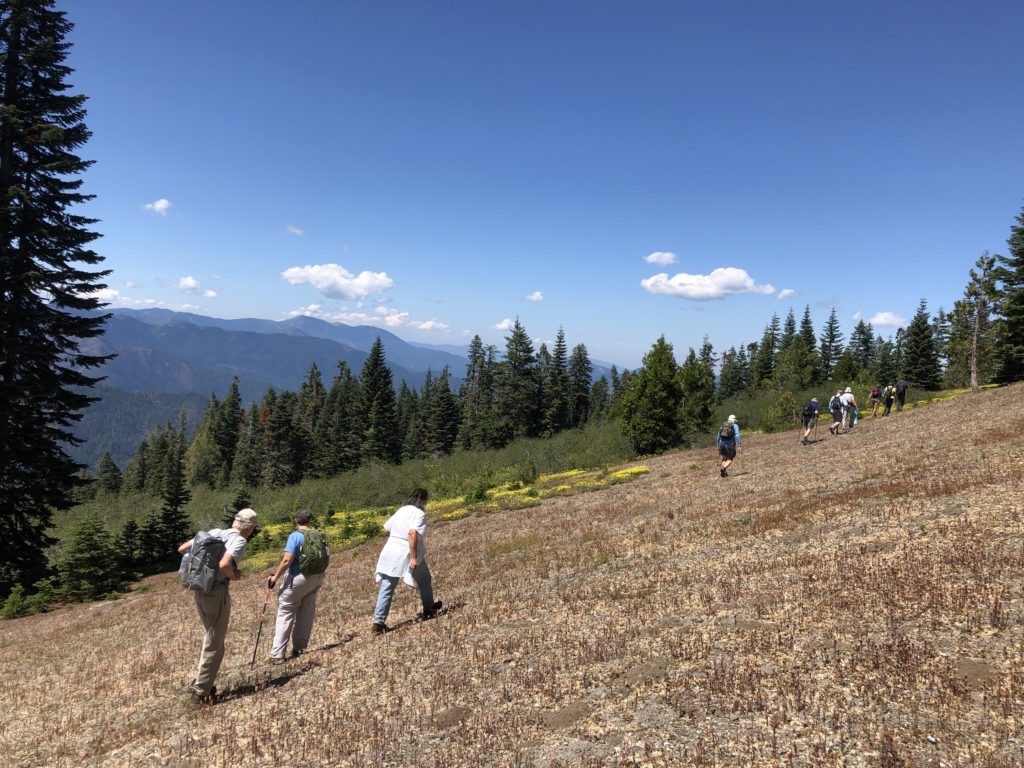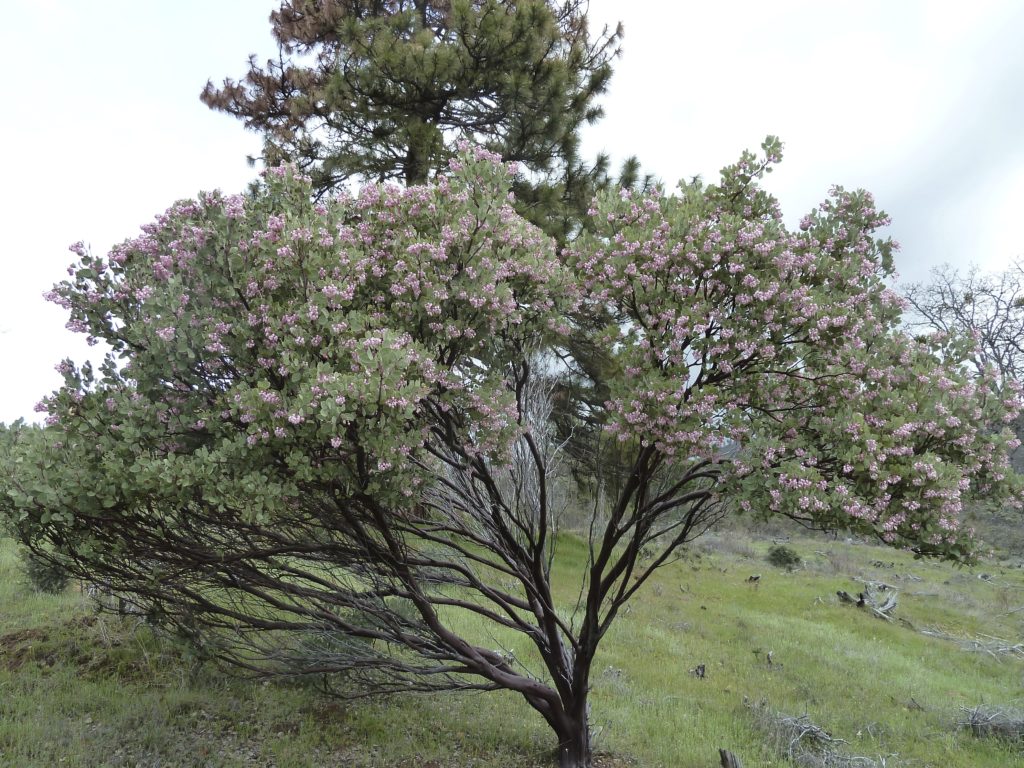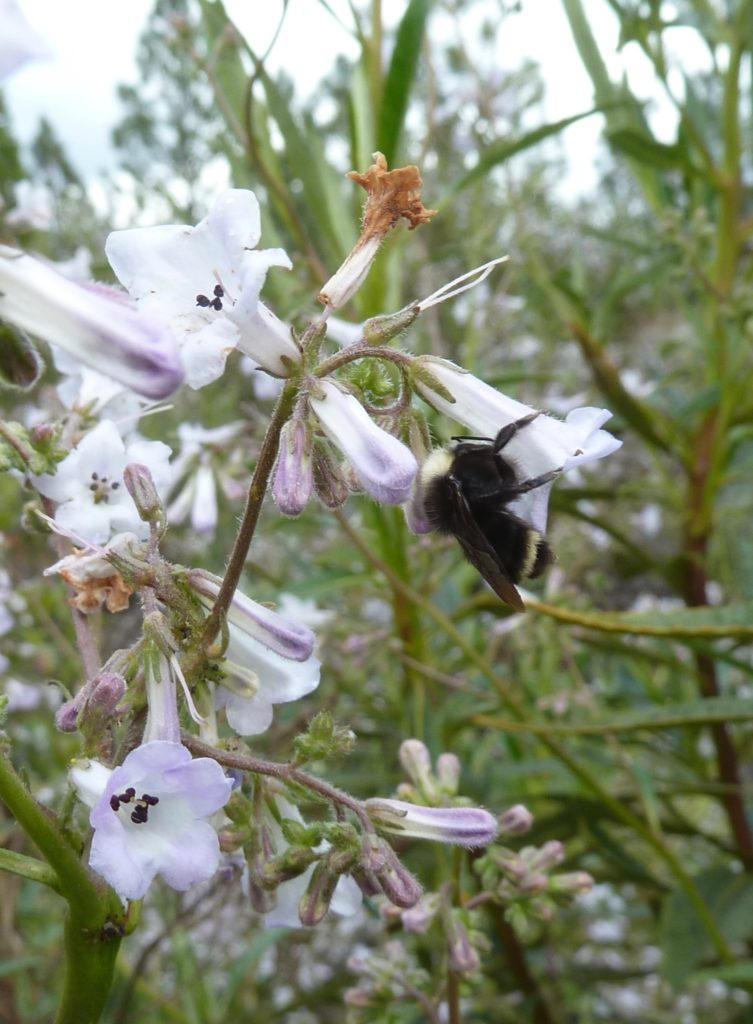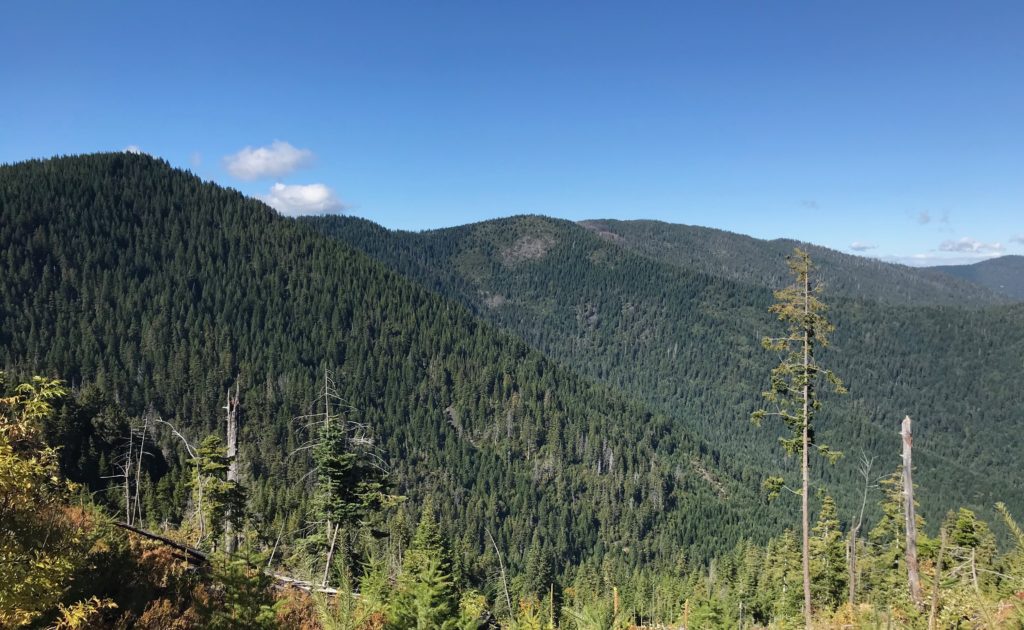
2019 was a busy year for folks at ANN. With 2019 coming to a close, we are looking back at the last year and looking forward to 2020.
In 2019 ANN opposed BLM timber sales, Forest Service off-road vehicle trails and Josephine County public land grabs. We also supported numerous important public land stewardship and restoration projects, including the closure of illegal off-road vehicle routes on the Siskiyou Crest, trash clean up in the Hinkle Lake Botanical Area, pollinator restoration projects along the Applegate River, and reasonable community wildfire protection and restoration projects in the Upper Applegate Watershed Restoration Project.
Middle Applegate Timber Sale & Wellington Wildlands
In 2019 we focused our energy on protecting and defending the Wellington Wildlands from the BLM’s Middle Applegate Timber Sale. The BLM had proposed the Middle Applegate Timber Sale with Wellington Wildlands at the heart of the planning area. ANN, our conservation allies, and Applegate Valley filmmakers Ed Keller and Greeley Wells created Saving Wellington, a short film about the Wellington Wildlands and the threat of the Middle Applegate Timber Sale.
ANN worked through the spring and summer of 2019 organizing five film showings in Grants Pass, Jacksonville, Ashland and the Applegate Valley. Saving Wellington was also accepted into the Ashland Independent Film Festival. Hundreds of people attended film showings and were inspired to speak on behalf of Wellington Wildlands.
We organized a film showing with representatives of the Applegate Valley community and the BLM. At this meeting we submitted a petition with 500 signatures asking the BLM to withdraw the Wellington Wildlands from the Middle Applegate Timber Sale “planning area.”
We also organized a public hike into the Wellington Wildlands, spoke with our elected officials and wrote articles for the Applegater Community Newspaper.
Finally, in late September 2019, the BLM withdrew the Middle Applegate Timber Sale and Wellington Wildlands was saved!
Bear Grub Timber Sale

Not long after the BLM withdrew the Middle Applegate Timber Sale they announced a new timber sale proposal in the mountains around Ruch, Little Applegate and Talent, Oregon in the Rogue River Valley. The sprawling timber sale proposal includes the eastern portions of Wellington Wildlands in the China Gulch Watershed, as well as timber sale units on the East Applegate Ridge Trail, the Jack-Ash Trail, the Sterling Mine Ditch Trail, and in old-growth forests on Bald Mountain.
In 2020 ANN expects to work hard for the forests surrounding Ruch, Sterling Creek and in the mountains between the Little Applegate River canyon and the Rogue Valley.
IVM Project

The Medford District BLM is also proposing an unprecedented project that would affect the entire Applegate River Watershed. This project, called the Integrated Vegetation Management for Resilient Lands (IVM) Project, would strip the public of its right to meaningfully participate in public land management planning, and eliminate the current requirement that the agency conduct site specific scientific analysis for individual timber sales or fuel reduction projects. The IVM project would allow the BLM to log up to 4,000 acres per year and build 10 miles of new road. Over a ten year period this project would allow 25,000 acres of commercial logging and 90 miles of new road construction.
To make things even worse, the IVM project is focused on logging Late Successional Reserve (LSR) forests, Lands with Wilderness Characteristics (LWC), Areas of Critical Environmental Concern (ACEC) and other conservation areas.
ANN will be working hard in 2020 to maintain public involvement in the land management planning process, to support science-based conservation efforts and to oppose widespread commercial logging in important conservation areas across the Applegate River Watershed.
Late Mungers Timber Sale

Operating as if the still unauthorized IVM project was already approved, the Medford District BLM began secretly working on a project “tiered” to the IVM proposal. This project, called the Late Mungers Timber Sale, proposes vast commercial logging and fuel reduction activities in the mountains west of the Williams Valley, and east of Murphy, Oregon. The entire area is located within a large Late Successional Reserve, previously set aside as habitat for the Northern spotted owl.
The BLM has proposed to log this important Northern spotted owl reserve with commercial units on Mungers Butte, Powell Creek, Mungers Creek, and China Basin in the Williams area. Numerous units are also located in and around Murphy Creek.
ANN has taken the lead on this project, informing the public, engaging the BLM and conducting extensive on-the-ground field monitoring of timber sale units. We will be working hard in 2020 to protect the Williams and Murphy Creek Watersheds from the BLM’s Late Munger Timber Sale.
Off-Road Vehicle Closures

For a number of years ANN has been working alongside Klamath Forest Alliance to produce Off-Road Vehicle Monitoring Reports. These reports highlight the need for enforcement, monitoring and physical closures throughout the Siskiyou Mountains. Our goal is to document the impacts associated with unauthorized motor vehicle use, reduce or eliminate those impacts, and advocate for the closure of illegal motorized trails.
In 2019 ANN worked with the Forest Service to close one damaging off-road vehicle route in the Big Red Mountain Botanical Area. We also helped to monitor, secure and enforce the existing closure at the Hinkle Lake Botanical Area at the headwaters of Carberry Creek and adjacent to the Red Buttes Wilderness Area.
In 2020 ANN will be working to secure more motor vehicle closures on the Siskiyou Crest in Botanical Areas, roadless areas, and in sensitive habitats throughout the Applegate watershed.
Wild and Scenic River Nominations

ANN does not only oppose damaging projects, we also work to create a vision for the future of the Applegate River Watershed, and support responsible land management projects that sustain the quality of our environment and maintain our world-class biodiversity. To this end, we are working with our allies at Klamath Forest Alliance to propose a series of Wild and Scenic River nominations in the Applegate River Watershed. We are promoting Wild and Scenic River designations in the Upper Applegate River, Little Applegate River and Lower Applegate River watersheds. We hope that in 2020 these important protections can be secured, protecting the wildest rivers and streams in our region.
Working for a Wilder Applegate in 2020

Join us in 2020 as we work for a wilder Applegate! We are thankful to live in a region of incredible biodiversity, beauty and abundance. We are also lucky to live in a community that cherishes its wildlands, protects its environment and takes pride in the wonderful place we call home. ANN is honored to work for this remarkable landscape and in this vibrant community. Please support our work with a year-end, tax deductible donation. Every contribution helps keep the Applegate wild!
